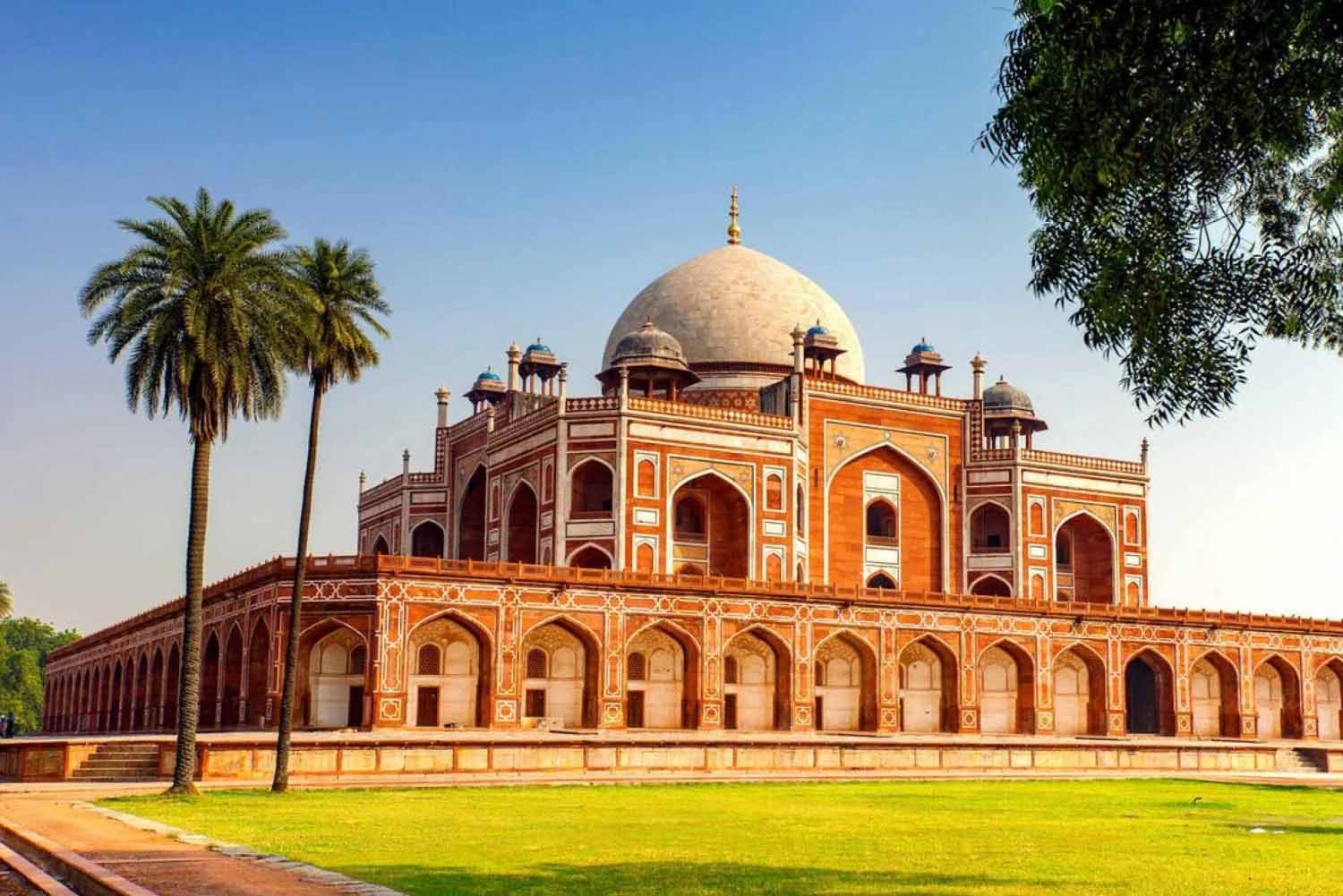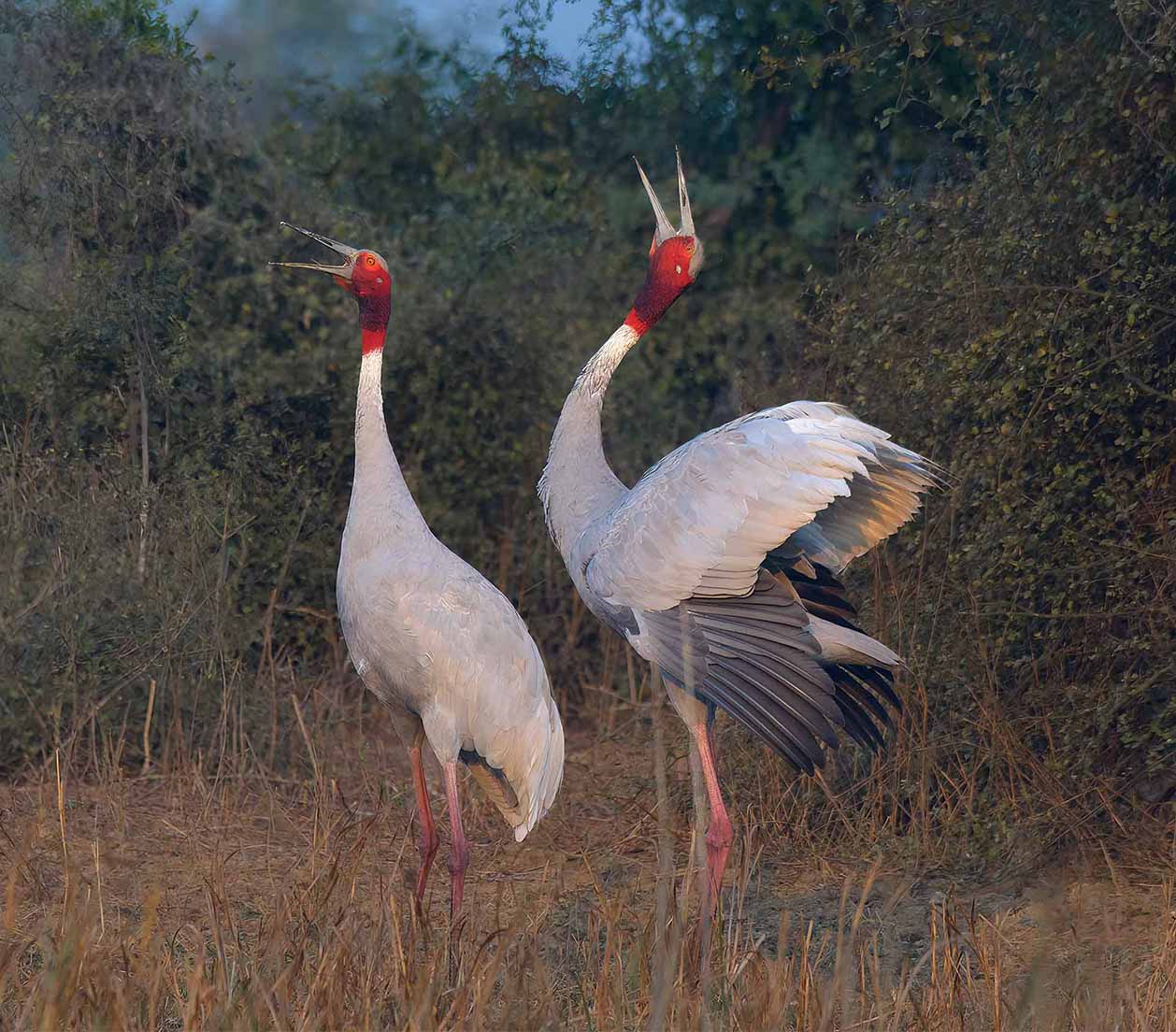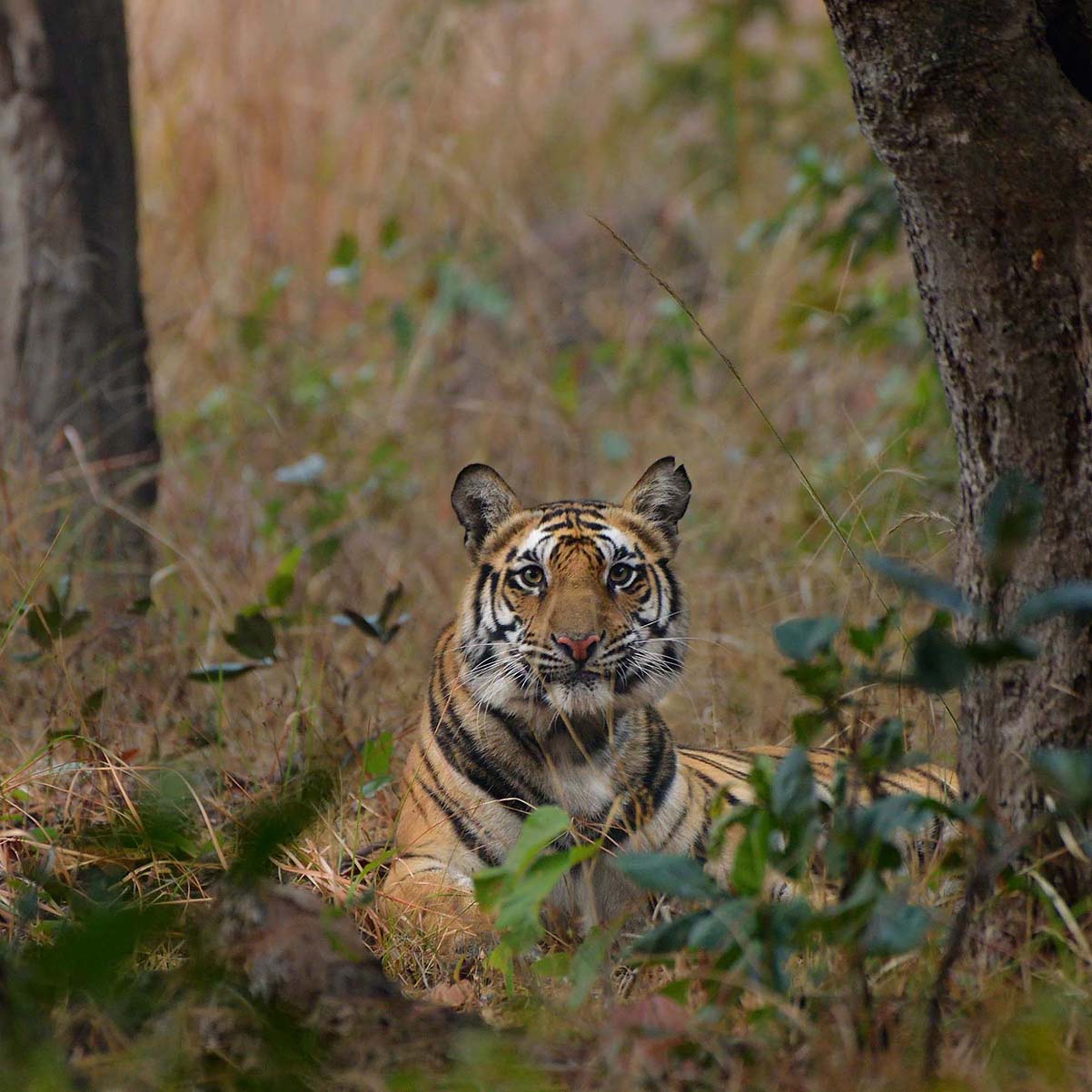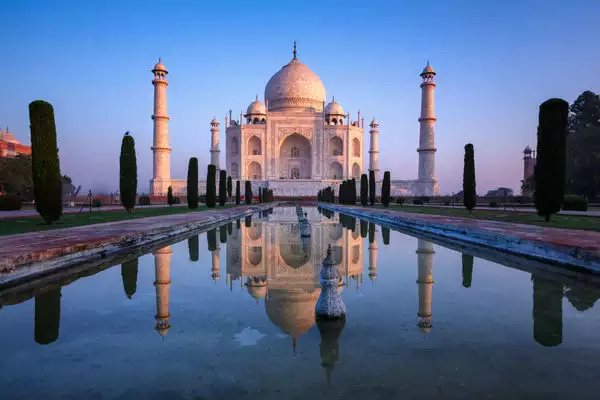Jaipur
Famous For
Forts & Palaces
Special Attraction
Amer Fort
Peak Time
November – March
Best Time To Go
October – April
In the semi-desert lands of Rajasthan, Jaipur offers a refreshing change if you’re weary of the usual hill stations in Northern India. This city boasts a glorious past of kings and palaces, combined with a culture of pride and hospitality, all set against a backdrop of sepia-toned urbanism. Jaipur, the capital and largest city of Rajasthan, is famously known as the Pink City due to the dominant color scheme of its buildings in the old city.
Founded in 1727 by Sawai Jai Singh II, the Rajput ruler of Amer, after whom the city is named, Jaipur is a popular tourist destination in India. It forms part of the Golden Triangle tourist circuit along with Delhi and Agra. The city serves as a gateway to other tourist destinations in Rajasthan, such as Jodhpur, Jaisalmer, Bikaner, Udaipur, and Mount Abu.
The Pink Jewel of Rajasthan
Tours to Jaipur & Beyond
Key attractions
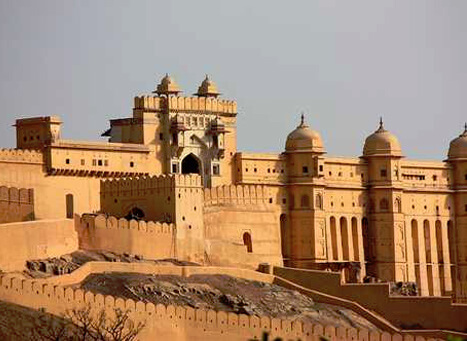
Amer Fort
Amber Fort, located on a hill overlooking Maota Lake, is a major tourist attraction near Jaipur, Rajasthan. Built by Raja Man Singh I, this magnificent fort showcases a blend of Hindu and Mughal architecture. The exterior may appear rugged, but the interior is a marvel of ornate halls, intricately designed palaces, beautiful temples, and lush gardens. Highlights include the Diwan-E-Aam (Hall of Public Audience), the Shila Mata Temple, and the Sukh Niwas. Decorated with exquisite mirror work, paintings, and carvings, Amber Fort epitomises the rich heritage and artistic grandeur of Jaipur.
City Palace
Built between 1729 and 1732 by Maharaja Sawai Jai Singh II after shifting his capital from Amber to Jaipur, this complex features exquisite palaces, gardens, courtyards, decorative art, and carved doorways. Highlights include the Badal Mahal, the seven-storied Chandra Mahal, Sarvato Bhadra, Pritam Niwas, Diwan-i-Am, and Mubarak Mahal. A blend of Mughal, Rajput, and European styles, the palace has been the official residence of the Maharaja of Jaipur. Since 1959, it has been open to the public as a museum.
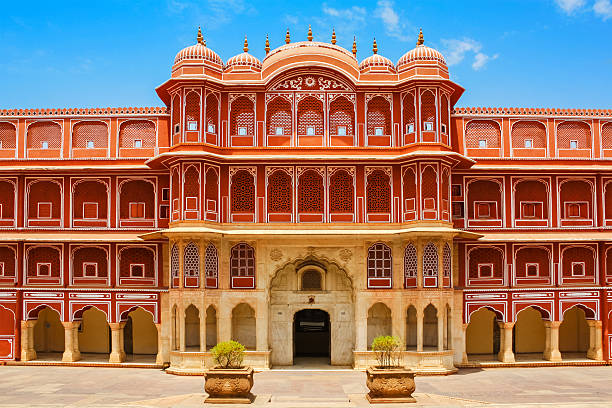
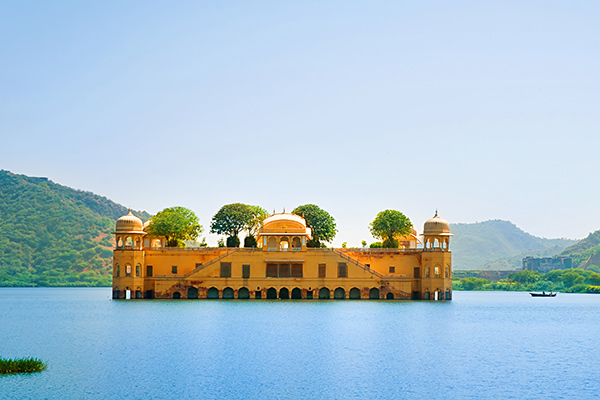
Jal Mahal - Lake Palace
Jal Mahal, meaning “Water Palace,” is located in the middle of Man Sagar Lake in Jaipur. Renovated in the 18th century by Maharaja Jai Singh II of Amber, this red sandstone palace showcases a blend of Mughal and Rajput architecture. The five-story structure has four submerged floors, with only the fifth floor visible above the water. It features exquisite marble carvings, octagonal chattris at each corner, and twenty pillars serving as cenotaphs for the royal family. The palace offers stunning views of Man Sagar Lake and the surrounding Nahargarh hills.
Jantar Mantar
Jantar Mantar, founded by King Sawai Jai Singh II, is the largest of India’s five astronomical observatories. Enlisted as a UNESCO World Heritage Site, it represents the astronomical prowess and cosmological understanding of a scholarly prince at the end of the Mughal period. Its most remarkable feature is the world’s largest sundial, towering at 27 meters (89 feet). This colossal structure, known as the Samrat Yantra, accurately measures local solar time with its inclined gnomon and sprawling quadrilateral platform.
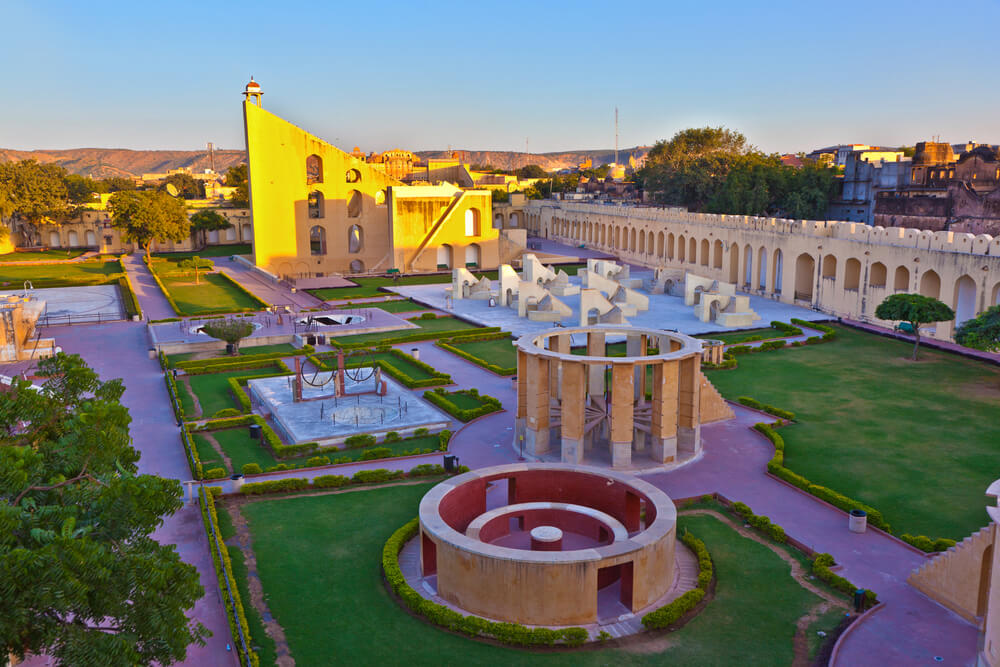

Hawa Mahal
Hawa Mahal, also known as the “Palace of Winds” or “Palace of the Breeze,” was constructed in 1799 by Maharaja Sawai Pratap Singh. Its distinctive five-story façade resembles a honeycomb, featuring 953 small windows called jharokhas adorned with intricate latticework. These windows allow cool breezes to circulate and offer royal women a discreet view of street events and celebrations.
Albert Hall Museum
The Albert Hall Museum, also referred to as the Government Central Museum, has stood for over 131 years. It boasts an exceptional array of treasures including Rajasthan miniature paintings, traditional royal costumes, woodwork, sculptures, natural history specimens, and even an Egyptian mummy. Initially designed as a town hall, it transformed into Jaipur’s oldest museum. Visitors can also admire the famed Persian Golden Carpet and delve into exhibitions on heena, body art, and Rajasthani motifs.

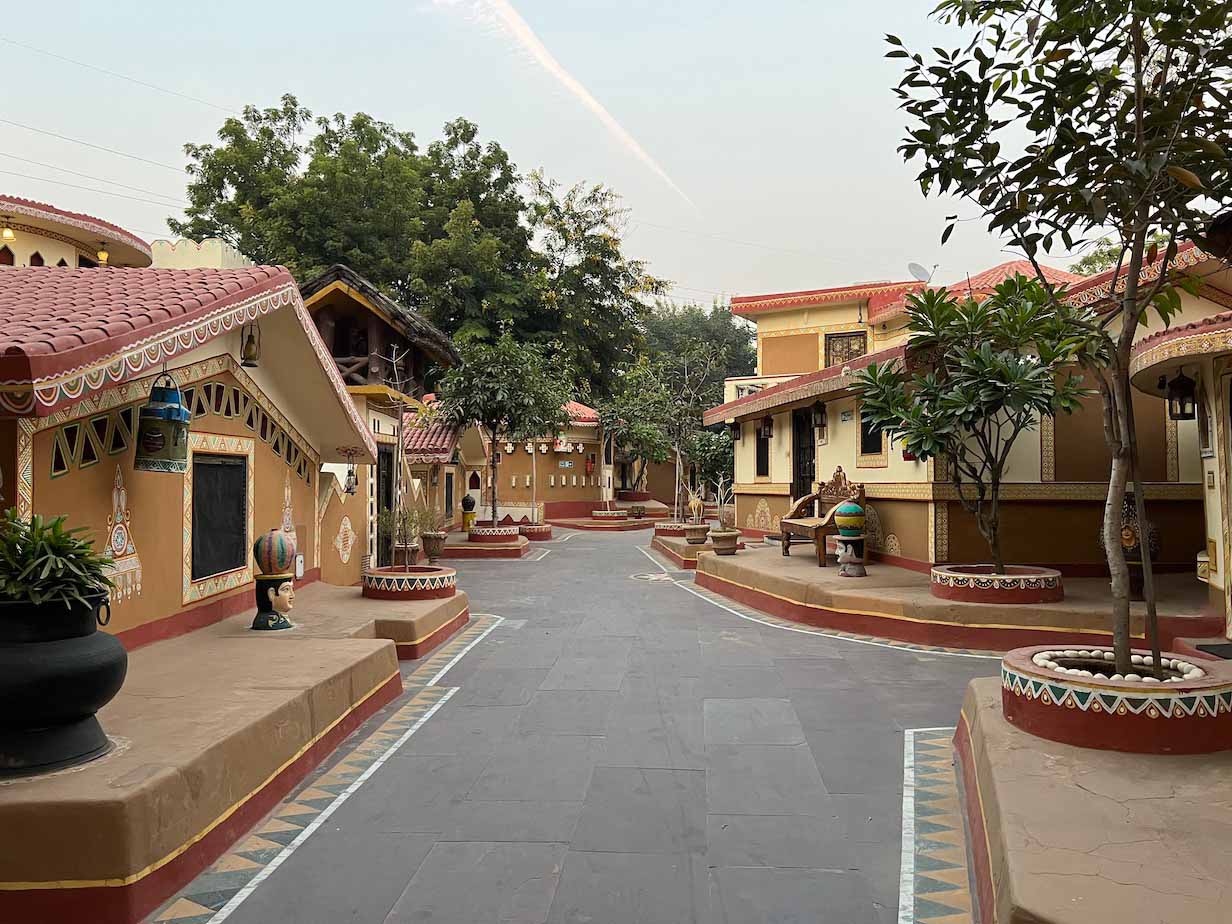
Chokhi Dhani
Covering 10 acres, Chokhi Dhani (translated as “Good Village”) is a captivating ethnic theme village designed to immerse tourists in Jaipur’s vibrant culture. This engaging destination offers a 3-5 hour experience, showcasing the essence of Jaipur’s heritage. Here you can enjoy a delectable dinner, can explore a rustic rural village adorned with kiosks and performances. From magic shows to puppetry, archery to Rajasthani dance, there’s a plethora of entertainment options to enjoy. Dinner is served in traditional Rajasthani style—is a highlight. With various dishes, unlimited servings, and traditionally dressed staff, the Rajasthani cuisine is an irresistible attraction of Chokhi Dhani.
Shopping
Stroll through Jaipur’s bustling and vibrant markets to immerse yourself in the local culture and indulge in some shopping. Sample local delicacies and browse through various fabrics, artefacts, and handicrafts. Don’t miss the bustling Johari Bazaar in the walled city, where you’ll find vegetable sellers, grocers, emerald dealers, and textile shops in one area. Bapu Bazar is another popular shopping destination where you can put your bargaining skills to the test.
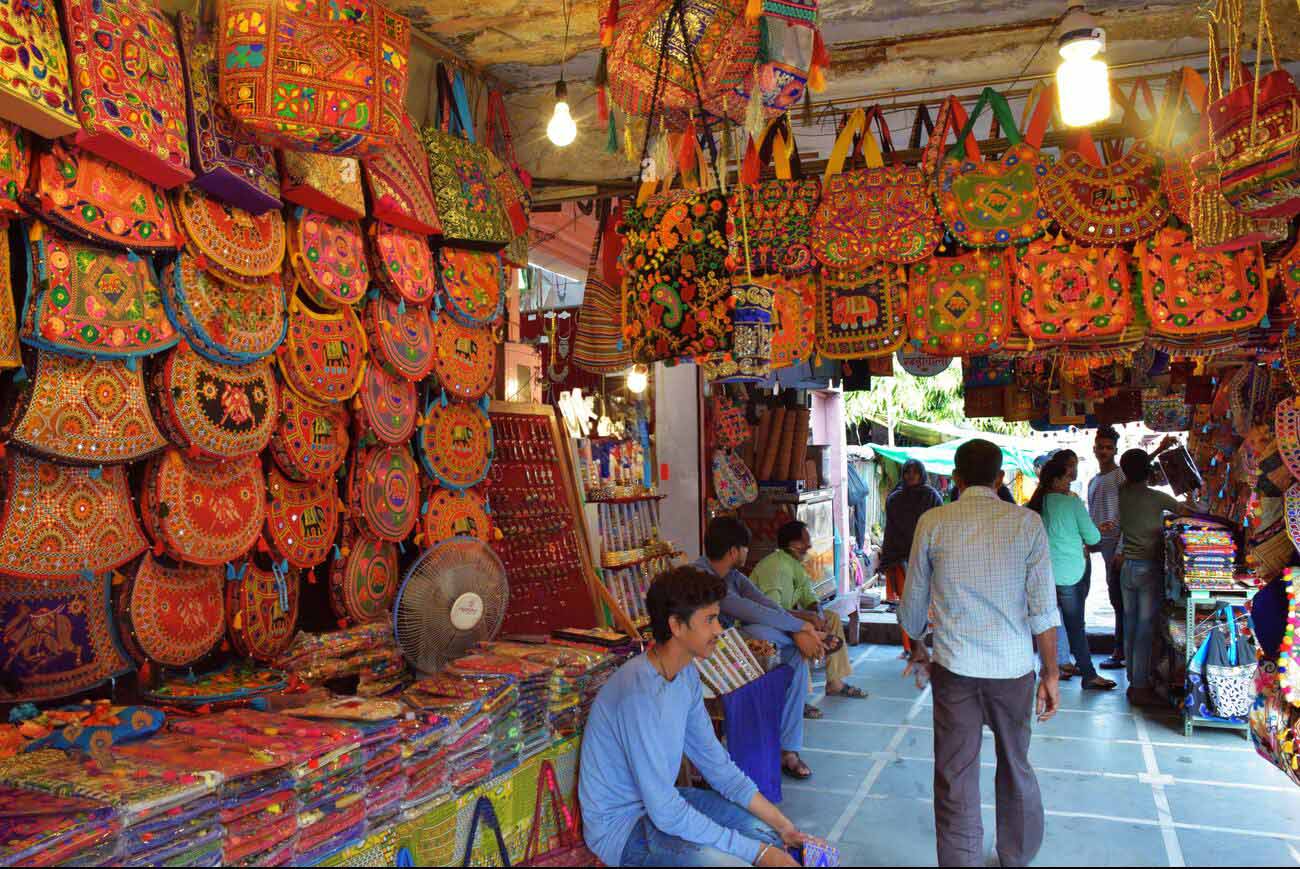
Best time to visit
The best time to visit Jaipur is during the winter months, from October to March. These months offer pleasant weather with temperatures ranging from 15°C to 25°C, making it ideal for exploring the city’s attractions comfortably. Additionally, many festivals and events take place during this time, adding to the cultural vibrancy of Jaipur.
April to June in Jaipur brings the summer season, known for its hot and dry weather. Temperatures can rise, sometimes reaching over 40°C during the day in May, which can make outdoor activities a bit uncomfortable. It’s important to stay hydrated and seek shade or cooler places during the hottest parts of the day. While it can be warm, this time of year also sees fewer crowds, offering a quieter atmosphere to enjoy the city’s sights if you don’t mind the heat.
July to September in Jaipur marks the monsoon season, characterized by moderate to heavy rainfall. While the city experiences lush greenery and a refreshing atmosphere during this time, outdoor activities may be hindered by the rain. However, if you enjoy the monsoon ambiance and don’t mind occasional showers, this period can offer a unique and tranquil experience in Jaipur.

